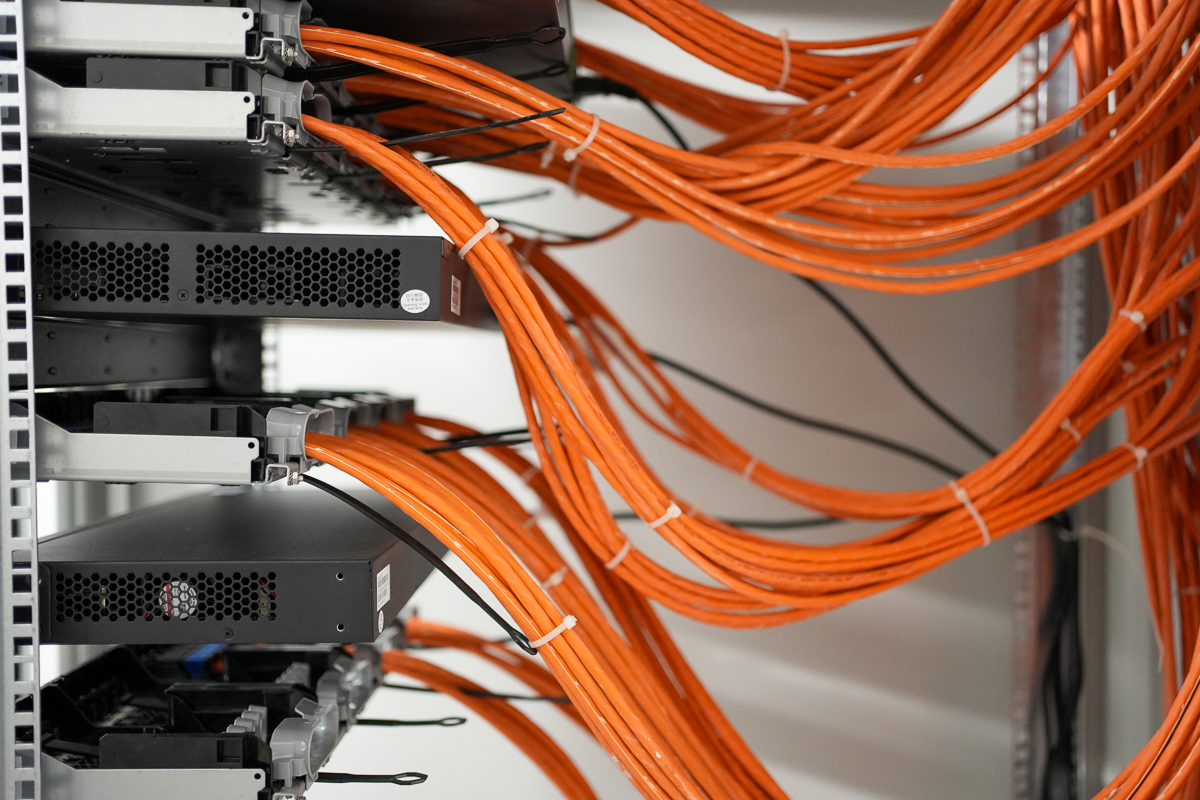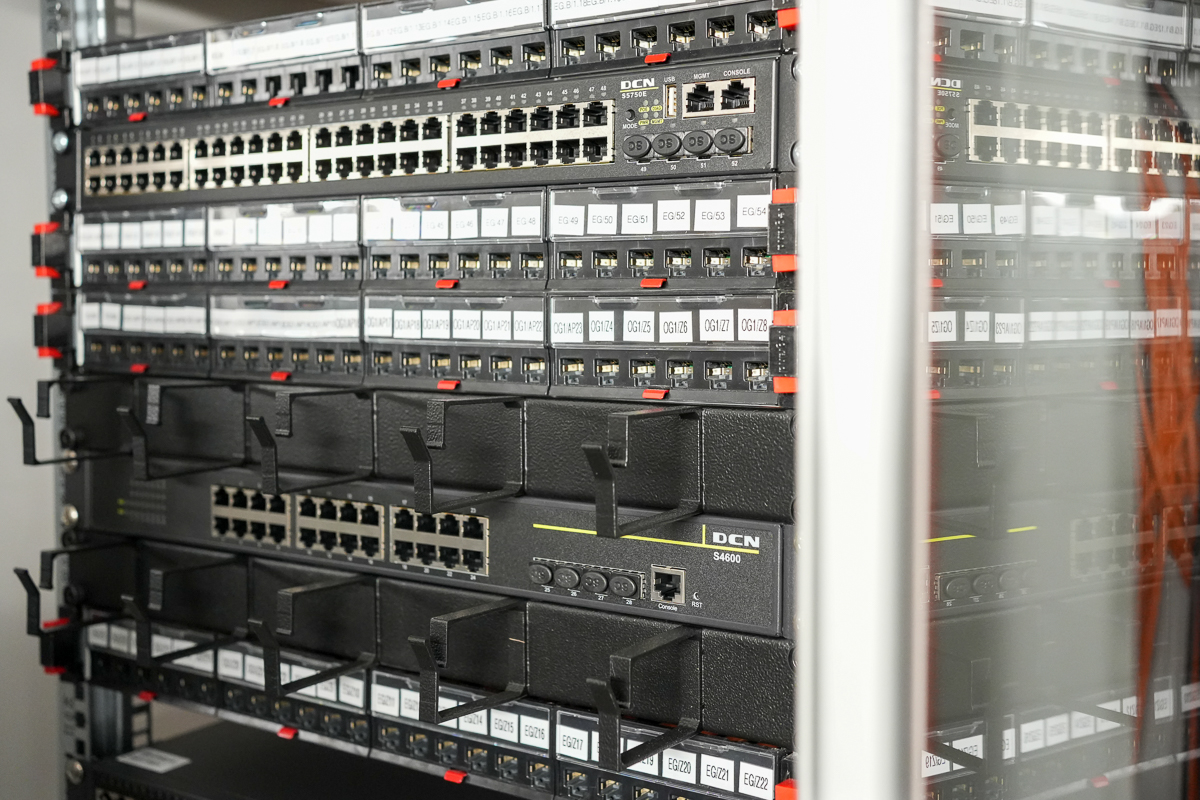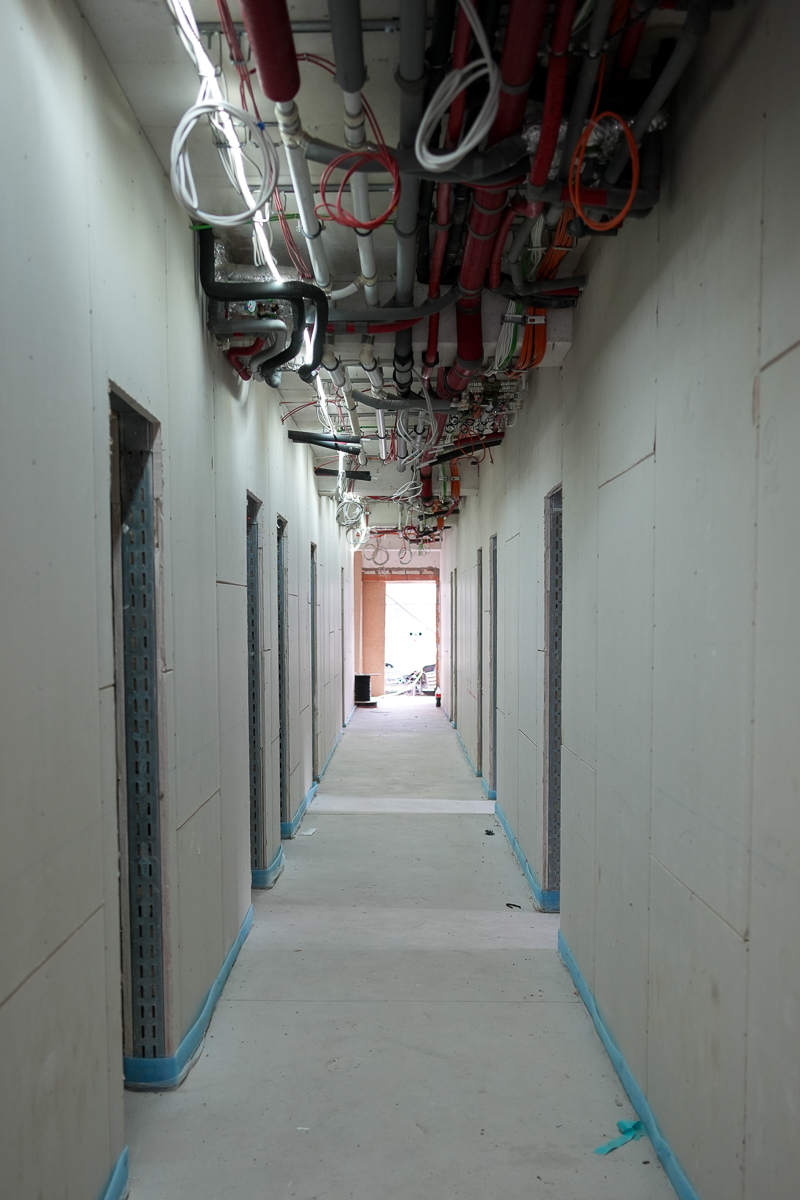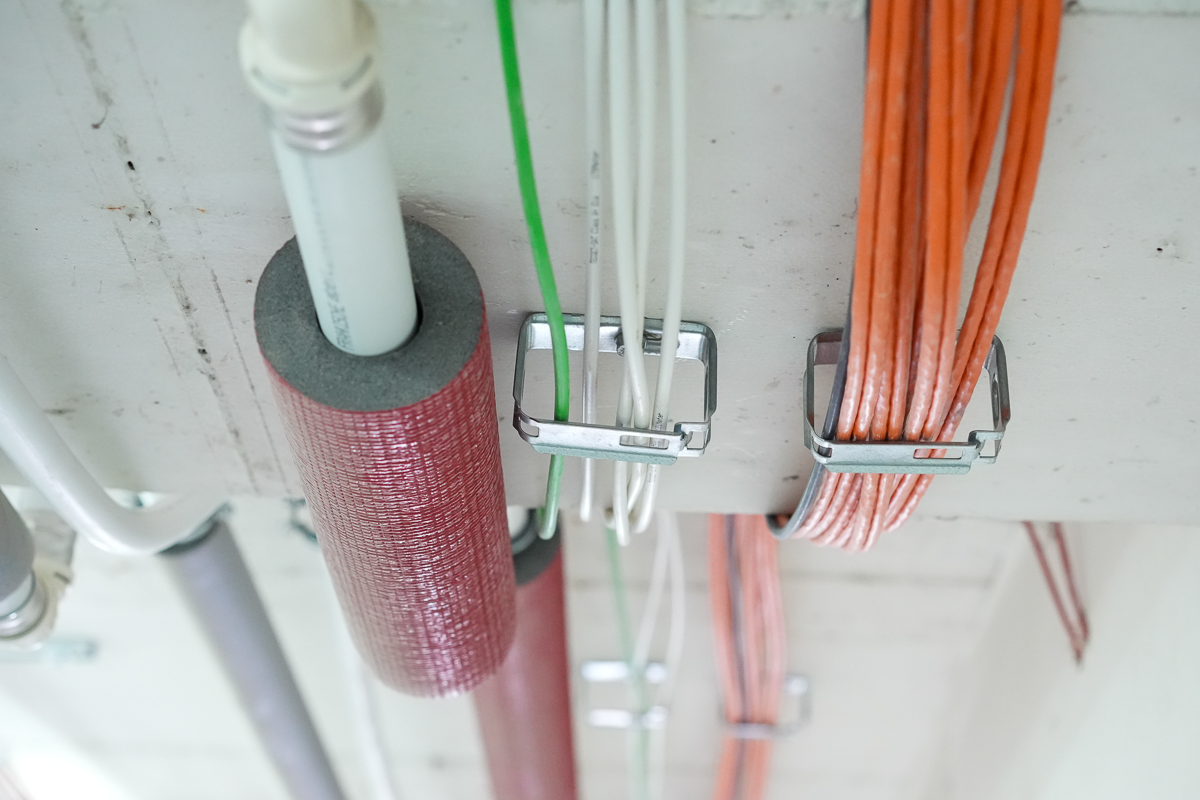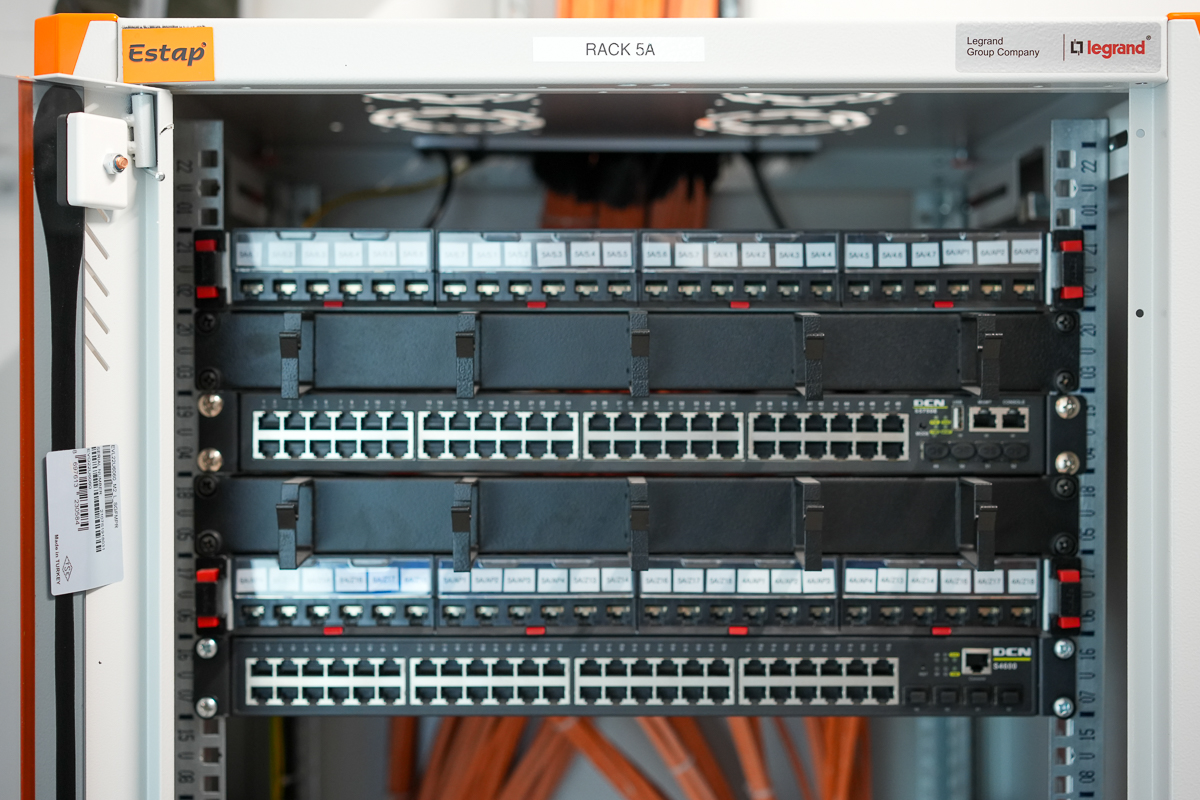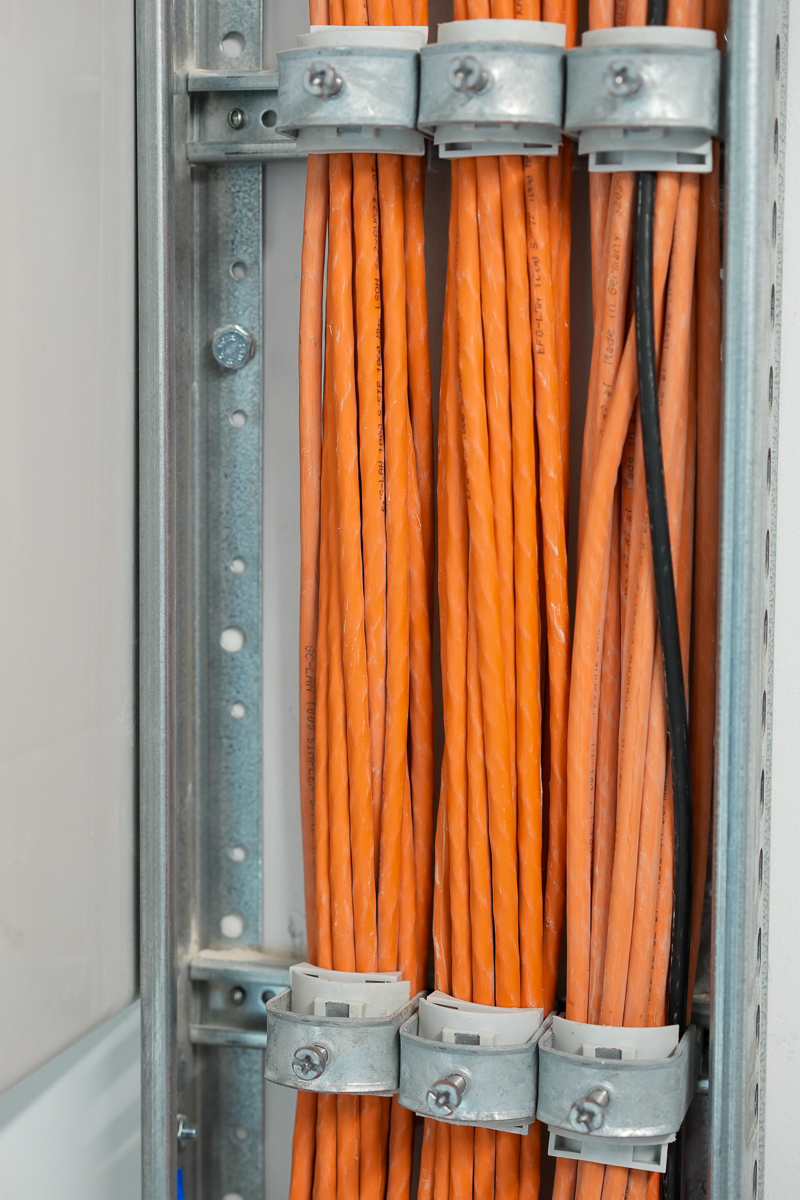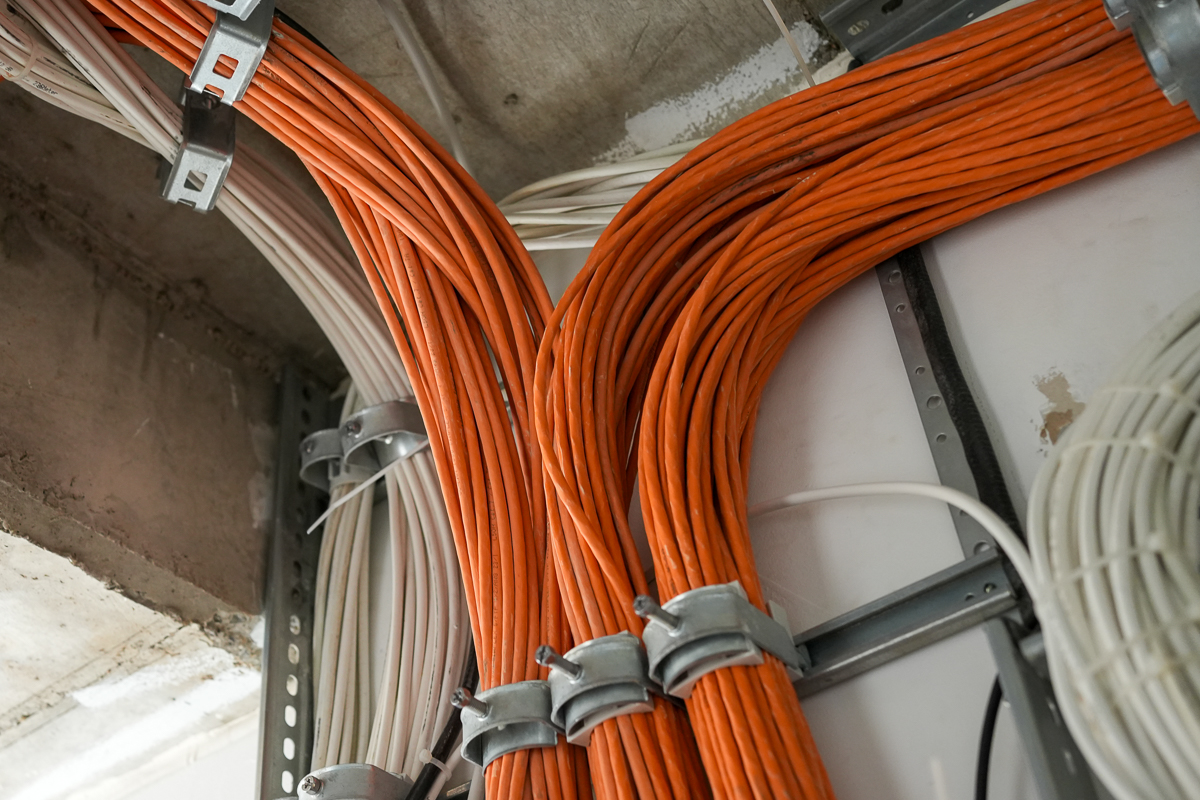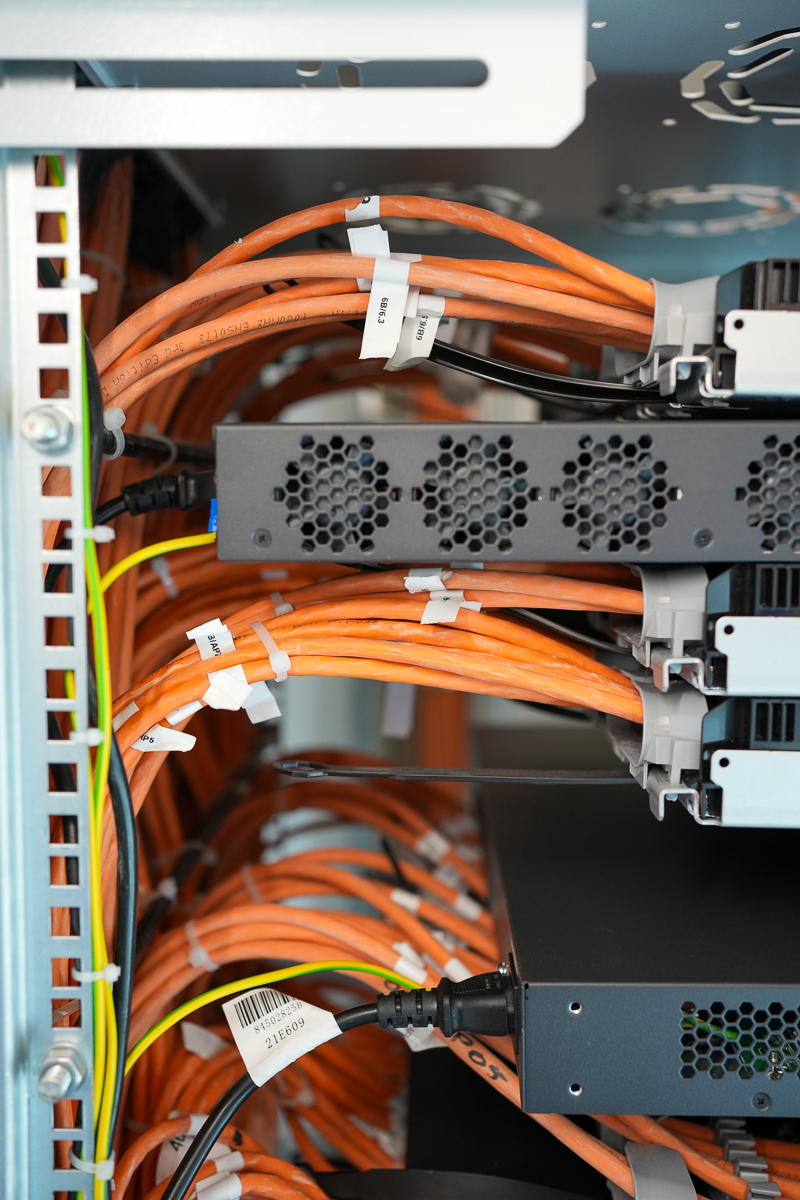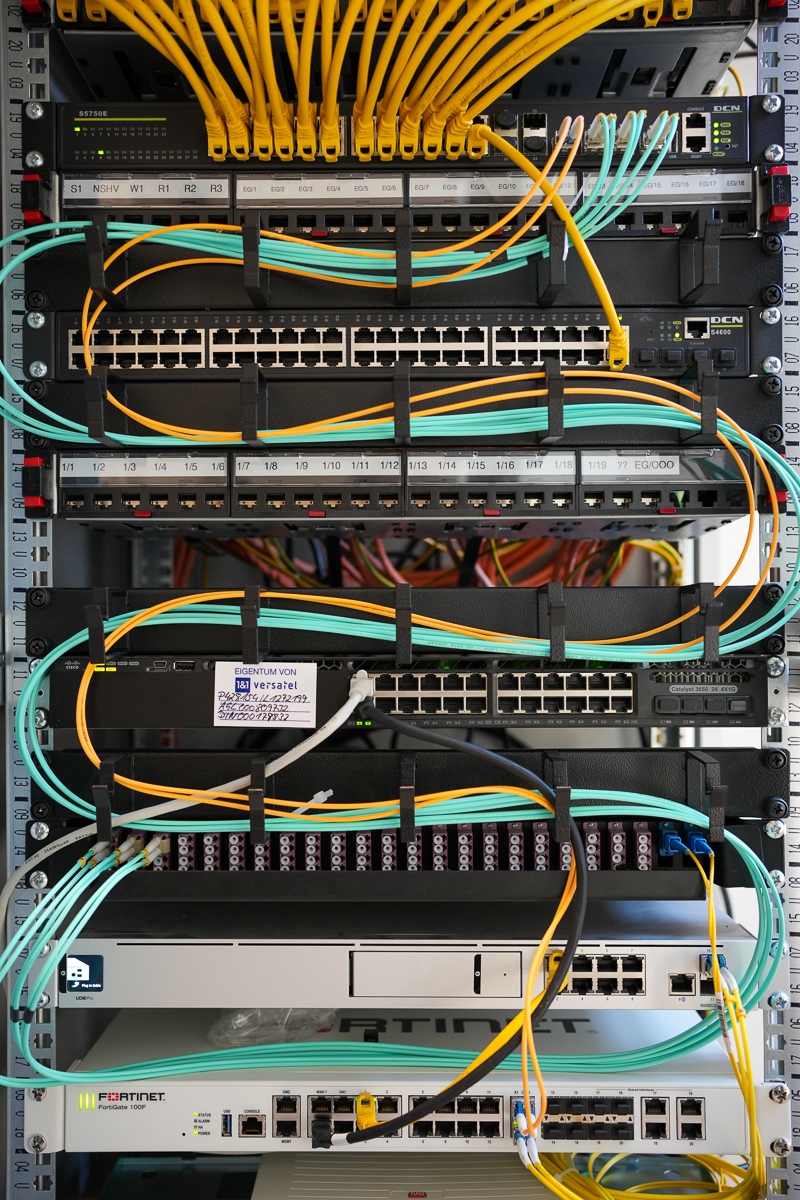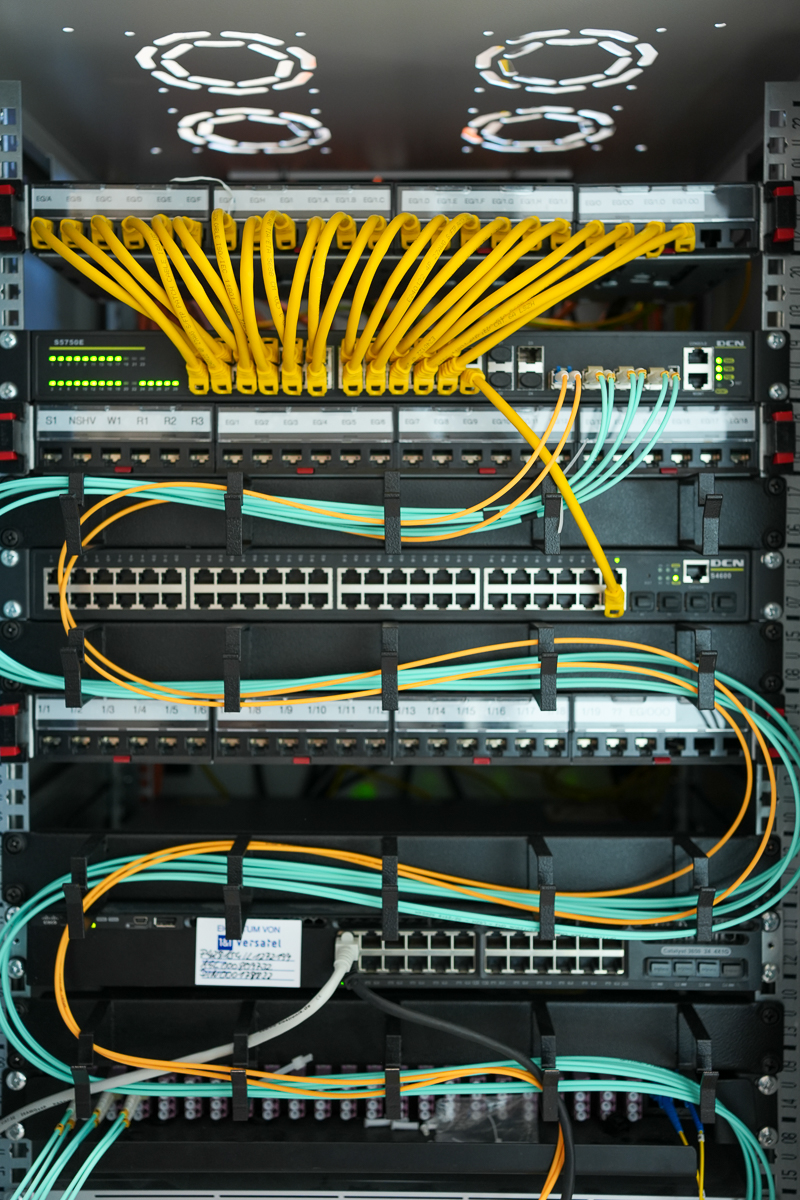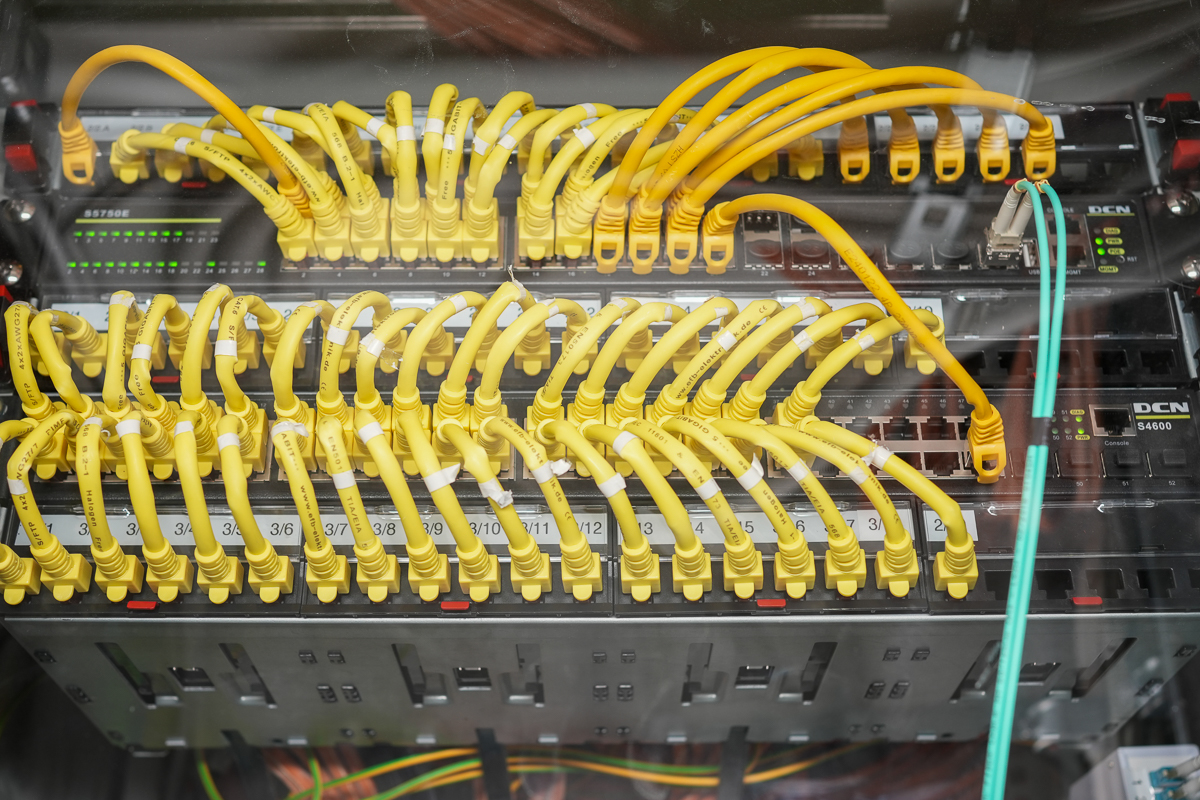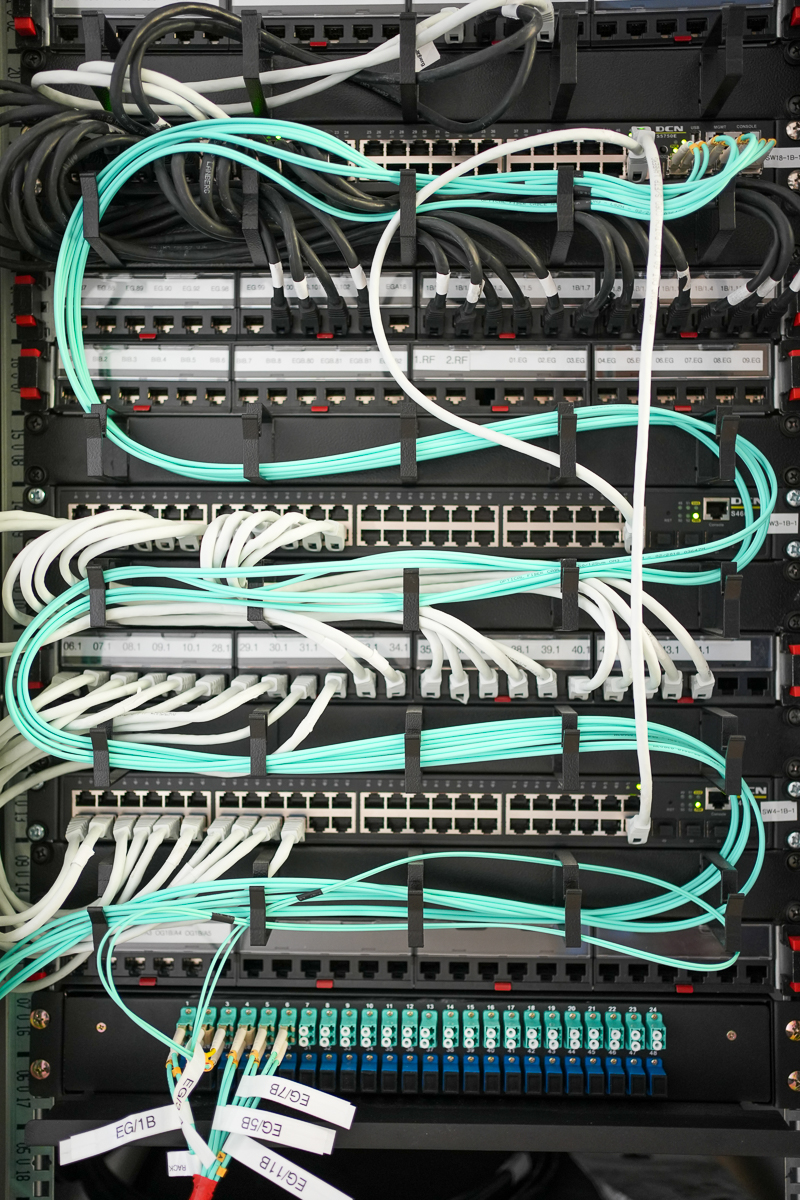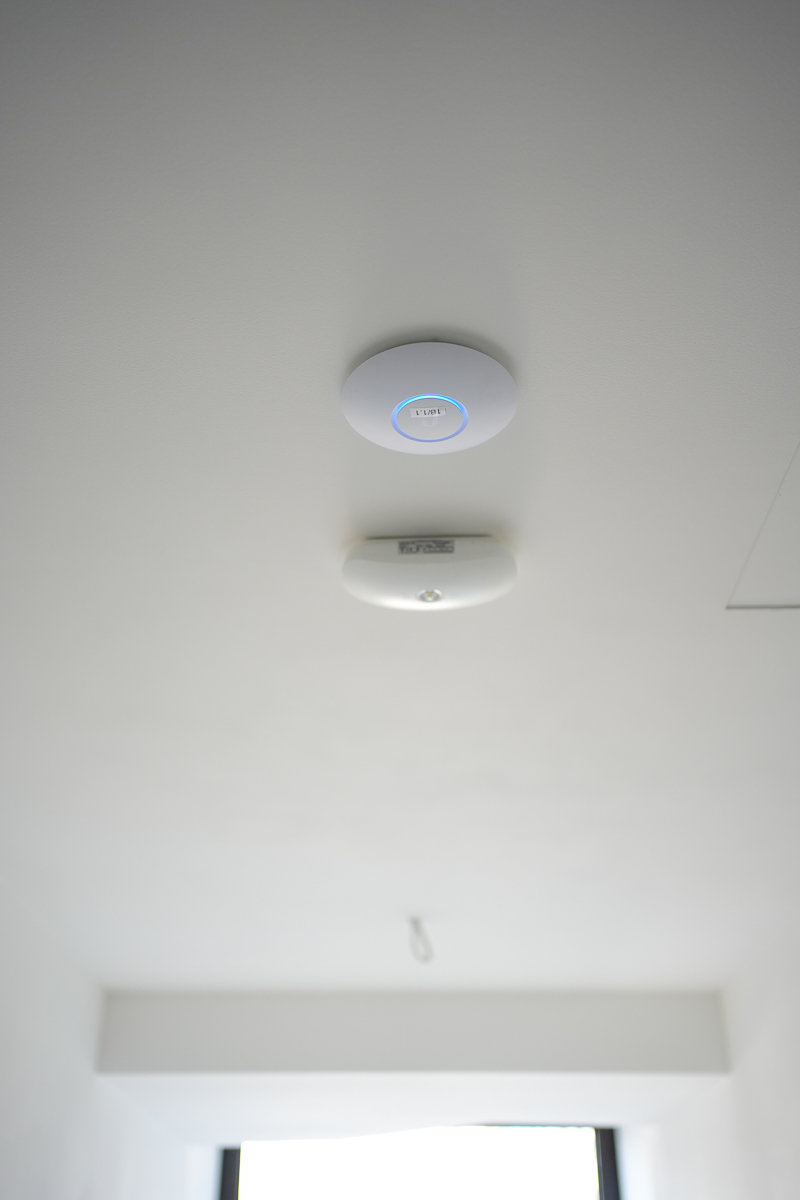In an increasingly interconnected world, reliable and efficient connectivity is crucial for both enterprises and individuals. Especially in ISP and ICT domains, structured cabling is the backbone of network infrastructure, enabling the connection of different components in a standardized and organized way. By establishing a solid foundation, structured cabling allows uninterrupted transmission of data, voice, and video, while ensuring high performance and minimal downtime.
In this article we discuss:
– High-performance copper and fiber optic networks
– Implementation of a structured cabling system
– Examples of ISP and ICT service optimization using structured cabling
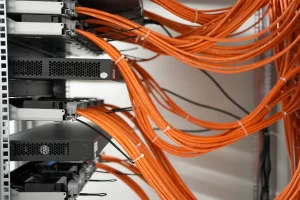

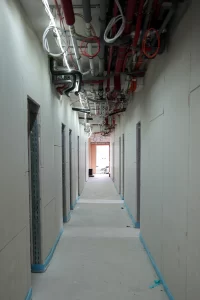
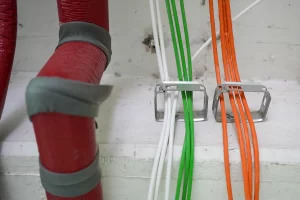
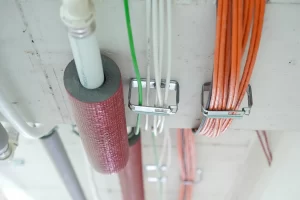

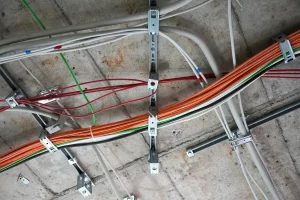

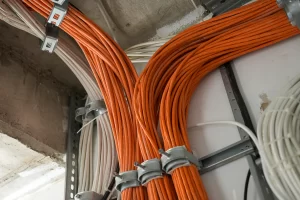

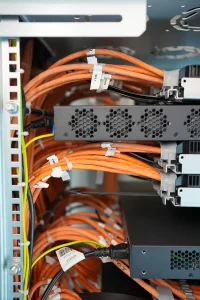
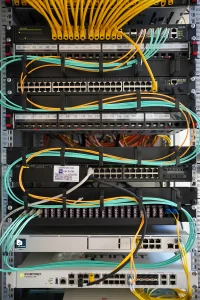

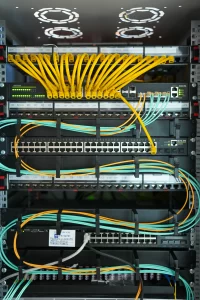



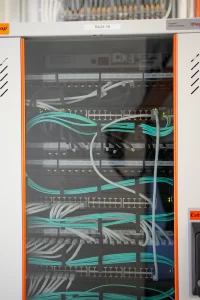
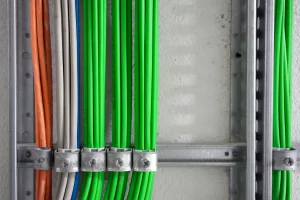



High-performance copper and fiber optic networks
Structured cabling is the best choice for network infrastructure. By using a mix of copper and optical cables, applications and services with very diverse requirements can be managed, including special areas such as production, surveillance, security, and access control.
In projects implemented by infinilink, structured cabling provides a reliable and flexible network that supports current and future client needs through several important benefits:
- Improved network performance and reliability: Structured cabling ensures compatibility, interoperability, and compliance of network components and systems with industry standards (IEEE, TIA, ISO/IEC, and CENELEC). This reduces the risk of network failures, errors, downtimes, and security breaches that can affect ISP and ICT service quality and availability.
- Optimization of data transfer speed, latency, and signal quality: Structured cabling is compatible with the latest high-performance cabling technologies, such as Category 6A copper cabling and OM5 broadband multimode fiber optic. These can provide greater bandwidth, lower latency, and better signal quality for data transmission, enabling faster and smoother delivery of ISP and ICT services (internet, voice, video, cloud computing, etc.).
- Seamless integration of different services: Structured cabling provides a flexible and scalable platform that can support the integration of different services (internet, voice, video, etc.) on a single infrastructure. This simplifies network design, installation, and management, as well as reducing the costs and complexity of maintaining multiple cabling systems. It also allows for easy network upgrades and modifications without needing to replace the entire cabling infrastructure.
Implementation of a structured cabling system
To ensure a high-quality and reliable network infrastructure, infinilink recommends that structured cabling systems implementation be carried out meticulously throughout the entire planning – installation – testing – maintenance chain:
Planning
The first step consists of evaluating current and future ISP and ICT service needs: number and type of end devices, applications, bandwidth, security, etc. This will determine the appropriate cabling technologies, components, and standards to be used.
Planning also involves understanding building architecture: layout, dimensions, access routes, spaces, power sources, environmental conditions, etc., which can affect cabling installation. Additionally, cable management techniques such as labeling, routing, bundling, etc., must be considered, which will facilitate system organization and maintenance.
Installation
The second stage consists of installing the cabling system in accordance with design specifications and industry standards. Installation involves laying out and terminating cables and connecting hardware for each subsystem of the structured cabling system, such as entrance facilities, equipment rooms, backbone cabling, telecommunications rooms, horizontal cabling, and work area outlets.
Proper installation involves following best practices for cable handling, bending, pulling, grounding, etc., to avoid cable damage or degradation and affecting their performance.
Testing
The third stage consists of testing the cabling system to verify its functionality and performance. Testing involves measuring and documenting parameters of each cable segment and connection point: length, attenuation, impedance, crosstalk, etc., using appropriate testing equipment and methods.
The testing phase also involves comparing test results with industry standards and regulations (IEEE, TIA, ISO/IEC, and CENELEC) to ensure compliance and quality.
Maintenance
The maintenance process involves periodic inspection and troubleshooting of the cabling system to detect and resolve any issues that may affect network performance or reliability.
The maintenance process should include cable management techniques, such as organizing, securing, bundling, and routing cables to prevent damage, interference, or degradation. As needed, updates or modifications to the cabling system are made to accommodate new applications or requirements without replacing the entire cabling infrastructure.
Examples of ISP and ICT service optimization using structured cabling
Structured cabling isn’t just a theoretical concept but a practical solution implemented and confirmed in ISP and ICT domains. Here are some possible scenarios:
Education
For a university looking to modernize its network infrastructure to support expanding online learning, research, and collaboration requirements:
- Copper and fiber optic cables, connectors, panels, and racks must be selected to provide a high-performance and reliable network that can support data speeds up to 10 Gbps, as well as voice and video applications.
- The structured cabling system should enable simplified network administration, reduce operational costs, and prepare the network for future new technologies and applications.
Healthcare
For a hospital needing to improve its network performance and reliability to support critical medical applications (e.g., electronic medical records, imaging, telemedicine, and security):
- Category 7 copper cabling and OM4 fiber optic could provide a robust and scalable network with high bandwidth, low latency, and high signal quality for data transmission.
- Additionally, the structured cabling system should help the hospital improve network security, reduce downtime, and support the integration of different services (internet, voice, and video).
Hospitality
For a hotel chain looking to modernize its network infrastructure to meet guest expectations (fast and reliable internet access, as well as high-quality voice and video services):
- Category 7 copper cabling and OM3 fiber optic provide a flexible and efficient network that can support data speeds up to 10 Gbps, as well as Power over Ethernet (PoE) for devices such as IP phones, cameras, and access points.
- The structured cabling system should enable efficient network installation and maintenance, reduce energy consumption, and prepare the network for new technologies and services.
Conclusion
At infinilink, we approach structured cabling not just as a collection of cables and connectors, but as a flexible and scalable platform for data transmission, power delivery, and intelligent management.
Through the structured cabling projects we’ve completed, clients have obtained reliable and high-performance network infrastructure that supports multiple devices and uses, under conditions of reduced operational costs.
If you’re looking for a way to improve your network performance and efficiency, as well as prepare your network for future challenges and opportunities, contact infinilink or learn more on the ICT services dedicated page. We’ll be happy to assist you with your network requirements and provide you with the best structured cabling solutions for your services.

